Modular Helmet vs. Full-Face Helmet: The Similarities, Differences, Pros, and Cons

Modular helmets vs. full-face helmets: two distinct styles, each with its own set of advantages and drawbacks. While full-face helmets offer unmatched protection, modular helmets provide a compromise, blending convenience with adequate safeguarding. However, both options have their trade-offs, from structural integrity concerns in modular helmets to ventilation issues in full-face designs. So let us delve into the differences, pros, and cons of these two helmet styles and, hopefully, help you make an informed choice about the one you prefer.
A Bit of Historical Trivia About Motorcycle Helmets
The first full-face motorcycle helmet was produced by the Bell Helmet Company in Long Beach, California, in 1968, which makes these types of helmets just over half a century old. While the production technology has changed drastically, the underlying principle has not - a full-face helmet is one that has a shield that covers the entire head and must include a chin bar.
Before that, the open-face design was used for all motorcycle helmets. The full-face design quickly became popular due to the protection it offered, however, many riders still longed for the freedom provided by open-face helmets. So, near the end of the 20th century, modular helmets were created to meet this demand while still providing a comparable degree of protection to full-face helmets.
Thus, if you look at the evolution of motorcycle helmets, it would be open-face to full-face to modular. That’s not to say that one type of motorcycle helmet is better in any and all circumstances, as all of them have specific pros and cons and a lot of it relies on personal preference. So let’s discuss those pros and cons of modular helmets vs. full-face helmets.
Advantages and Disadvantages of Modular Helmets
Modular helmets have garnered a surge in popularity owing to their blend of convenience and comfort. They hold the middle ground between the comprehensive protection of a full-face design and the ventilation and freedom of an open-face helmet. In short, modular helmets present a compelling compromise for riders prioritising versatility.
One of the standout features of modular helmets is their ability to seamlessly transition from fully enclosed protection to a breathable configuration. Particularly in sweltering climates, riders relish the option to effortlessly flip open the front section, allowing a welcome influx of air to alleviate discomfort.
But more than that, the adaptability of modular helmets extends beyond mere ventilation. Catering to the needs of riders whose occupations or habits necessitate frequent face-to-face interactions while stationary, these helmets emerge as a favoured choice among couriers, delivery personnel, and motorcycle instructors alike.
Additionally, people who need to wear glasses often find modular helmets more accommodating, thanks to their design that facilitates a comfortable fit alongside spectacles, enhancing overall convenience and wearability. Most are also equipped with integrated tinted sun visors, so modular helmets offer a feature not commonly found in traditional full-face alternatives.
This built-in sun protection adds an extra layer of versatility, particularly for riders traversing varying light conditions. The convenience factor of modular helmets extends to simple practicalities like drinking and eating. The ability to swiftly lift the visor for a quick sip of water or a snack during brief stops underscores their appeal to riders seeking seamless functionality in their gear.
However, despite their numerous advantages, modular helmets also have certain drawbacks that should be carefully considered before making a choice. One significant concern revolves around the structural integrity of the chin bar in modular helmets. While offering a degree of protection, it falls short of the reinforced design found in full-face counterparts.
Consequently, in the event of a crash, riders may not benefit from the same level of facial safeguarding provided by a dedicated full-face helmet. Another trade-off for the versatility of modular helmets is their increased size and weight compared to traditional full-face variants. The inclusion of internal mechanisms necessary for flipping the visor adds bulk, compromising the streamlined profile and contributing to a weightier feel on the rider's head.
Additionally, some riders report heightened wind noise levels when wearing modular helmets, although this is hard to estimate accurately and likely depends on individual helmet design and fit. While not universally experienced, increased wind noise can detract from the overall riding experience, particularly during extended journeys or at high speeds.
Finally, we should note that the practice of riding with a modular helmet in the open position is strongly discouraged due to safety concerns. There is the risk of the visor being caught by the wind, potentially leading to the helmet being dislodged from the head or becoming entangled in external objects during a crash, which significantly elevates the likelihood of severe injuries.
Advantages and Disadvantages of Full-Face Helmets

When it comes to safeguarding your head while riding a motorcycle, full-face helmets are the pinnacle of protection, no ifs or buts. Their design seamlessly integrates a sturdy chin bar into the overall structure, setting a benchmark for safety unmatched by modular counterparts. That’s the reason that full-face helmets are mandated at any sanctioned track event.
You can never know when an accident may happen and the unpredictability of accidents underscores the importance of consistent full-face helmet usage. By consistently donning this type of helmet, riders substantially enhance their odds of emerging from a crash with minimal injuries, if any.
Modern advancements have further enhanced the functionality of full-face helmets. Equipped with a versatile visor component, riders can effortlessly raise it for cleaning or to allow a refreshing influx of air, enhancing comfort during extended rides. Plus, compared to modular helmets, the absence of mechanisms necessary for lifting visors renders full-face helmets notably lighter.
This reduction in weight primarily contributes to enhanced comfort, but it can also diminish fatigue, particularly during long journeys. However, while full-face helmets offer unparalleled protection, they also come with a set of limitations that may influence certain riders' preferences and comfort levels.
The enclosed design of full-face helmets can pose a challenge for riders who have issues with tight spaces. The snug fit and encompassing structure may feel restrictive, potentially leading to discomfort or unease during prolonged use. Further, in regions characterised by hot climates, as is the case with a good portion of Australia, the lack of adequate ventilation in full-face helmets can be a notable downside.
Riders may find themselves grappling with stifling conditions inside the helmet, exacerbating discomfort and sweating during rides. Another common issue encountered with full-face helmets is visor fogging, particularly in cold or humid weather conditions. Wearing eyeglasses can also compound the issue of finding a suitable full-face helmet.
The need to accommodate glasses within the helmet's confines can pose fitting difficulties, potentially leading to discomfort or compromising safety if the fit isn't optimal. Moreover, many full-face helmets don’t have in-built sun visors. This absence can represent a notable inconvenience.
Unlike modular helmets, which often feature integrated tinted visors, riders relying on full-face options may need to explore alternative solutions for sun glare protection, such as external visors or sunglasses, adding to the overall complexity of gear selection.
Offsetting the Disadvantages of Full-Face Helmets
Even with all of the disadvantages we have listed, full-face helmets are still the best when it comes to protection. On top of that, many newer and high-end models are designed to offset these cons. You can find full-face helmets with additional vents for better ventilation and perforated inner linings for increased airflow.
When it comes to fogging, there are anti-fog inserts that help deal with this problem (Pinlock is a widely regarded company in this area that you have likely heard of) or anti-fog sprays and lenses. The inability to communicate effectively can be dealt with intercom systems. All in all, while full-face helmets will always be more stifling than modular (or open-face) helmets, there are solutions that minimise these disadvantages.
A Note About Safety Standards
Regardless of the modular helmet vs. full-face helmet discussion, all helmets must provide a sufficient degree of protection. In Australia, that means that they must comply with one of three standards:
- Australian Standard (AS) 1698:1988
- Australian Standard/New Zealand Standard (AS/NZS) 1698: 2006
- United Nations Economic Commission for Europe (UN ECE) 22.05
- United Nations Economic Commission for Europe (UN ECE) 22.06
Standards nos. 3 and 4, ECE 22.05 and ECE 22.06 refer to helmets imported from Europe. Motorcycle helmets that comply with ECE 22.05 became legal to wear in Australia in 2016, while ECE 22.06 is a newer and more stringent version of ECE 22.05; most imported helmets are currently in the process of switching to ECE 22.06.
Thus, when you are looking for a helmet, always check the compliance sticker to make sure that it adheres to one of these four standards; that’s how you’ll know the helmet is safe to wear.
Modular Helmets vs. Full Face Helmets in a Nutshell
In short, when it comes to modular helmets vs. full-face helmets, it can be boiled down to comfort over protection vs. protection over comfort. Which degree of comfort and/or protection is agreeable to you is ultimately a personal choice. Thus, when you are making your choice, first decide the tradeoff that is worth it to you.
And when you do make a choice on the type of helmet you want, you can find the specific model you need at Shark Leathers. Take a look at our collection of modular helmets or full-face helmets to find the one you like the most. Simply place your order online and we will deliver it to your address. In case you have any questions, feel free to contact us and we’ll tell you all you’d like to know.



 cart(
cart(
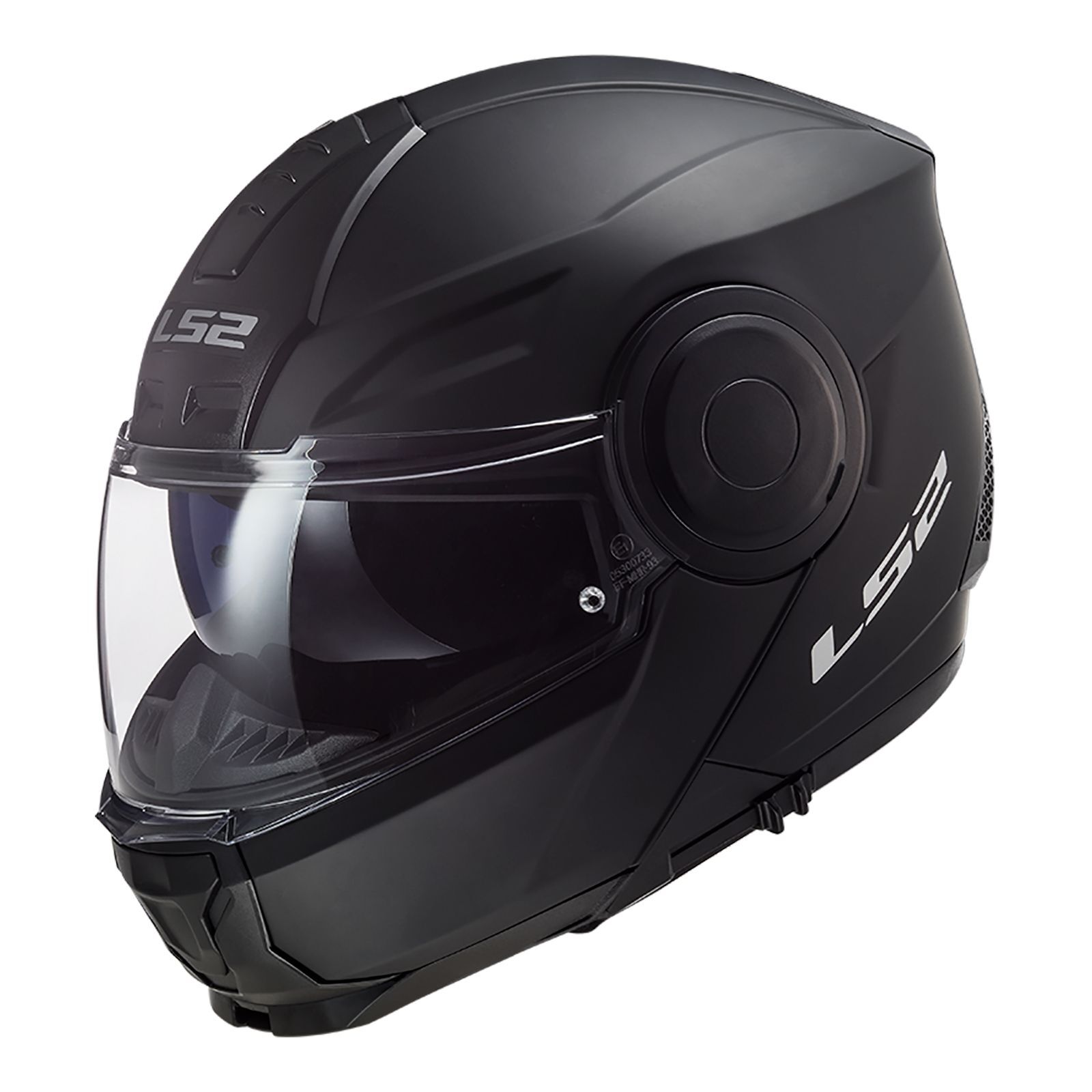
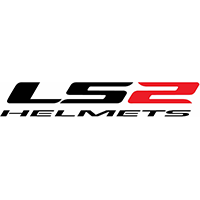
![Shark - Protective Chinos [CE2]](/assets/full/S210211.jpg?20211108132132)

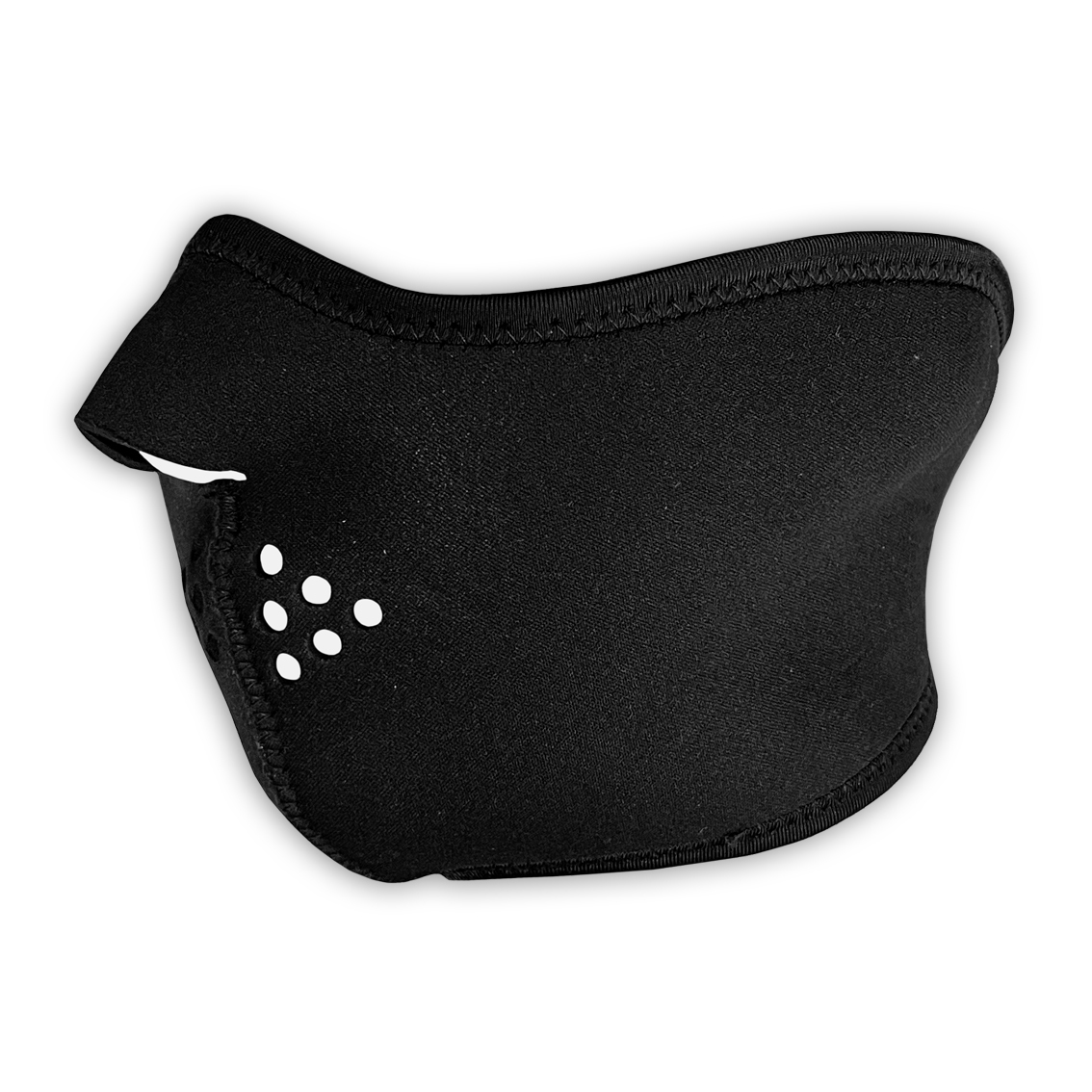
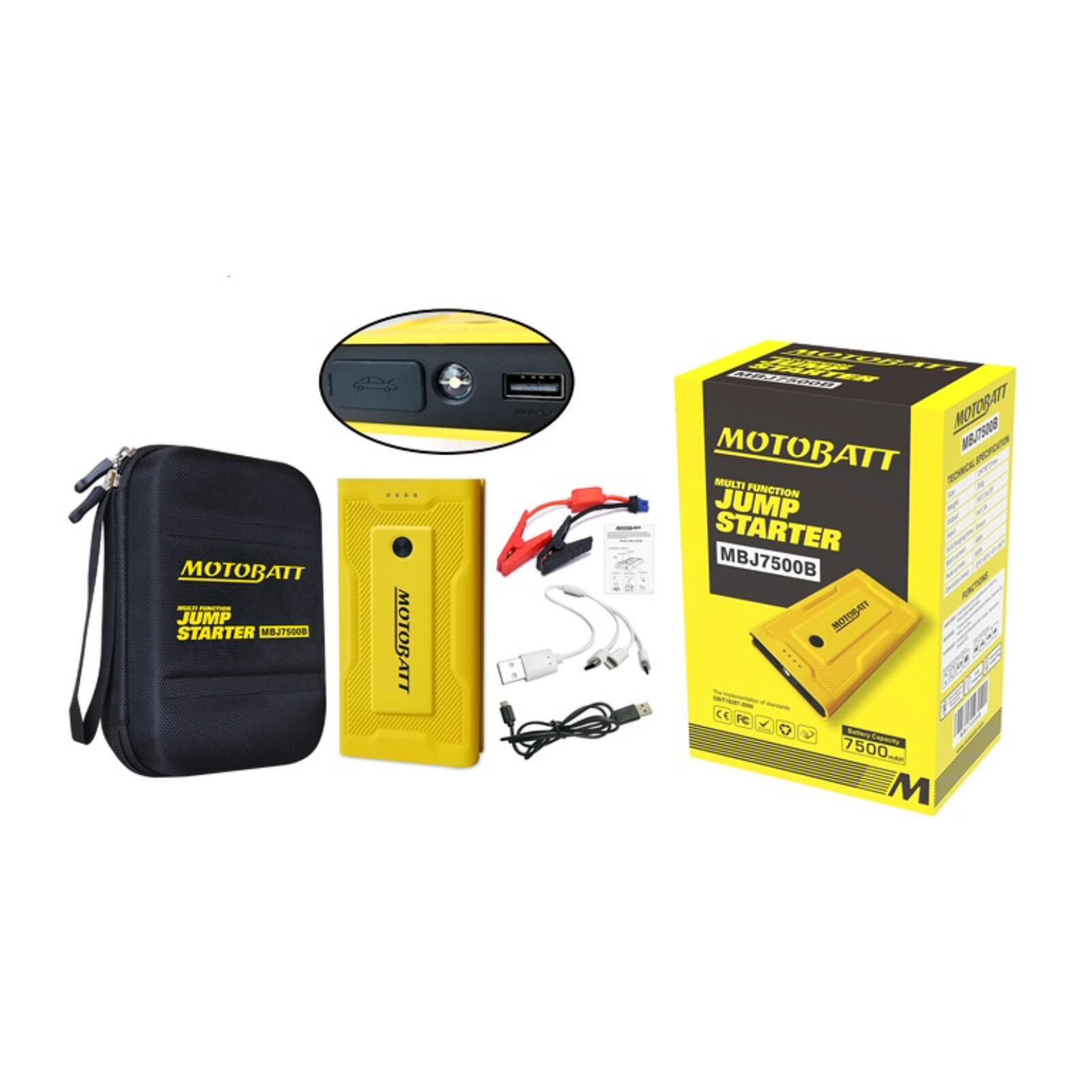

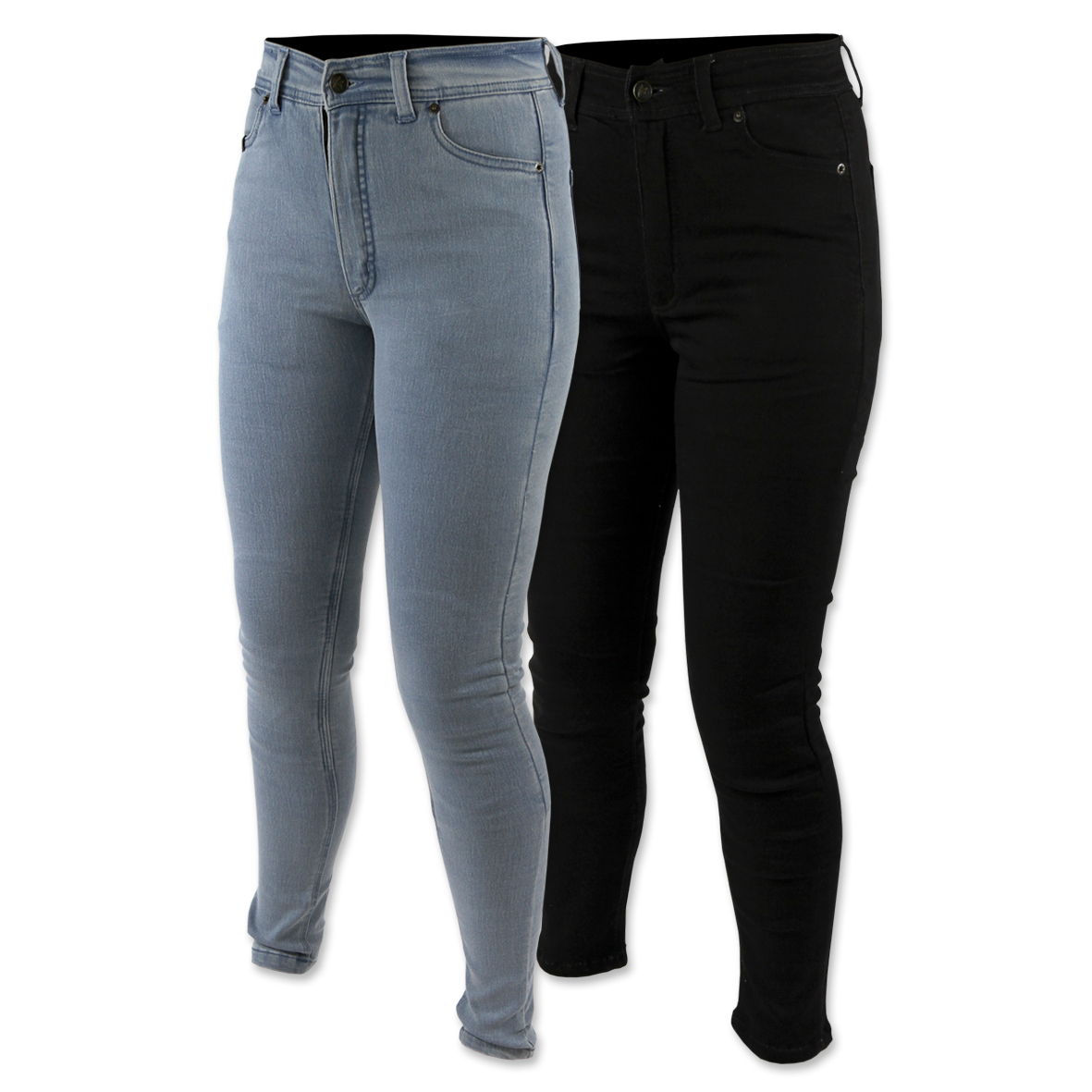
 6/142 Siganto Dr, Helensvale QLD 4212
6/142 Siganto Dr, Helensvale QLD 4212 (07) 5573 5118
(07) 5573 5118



